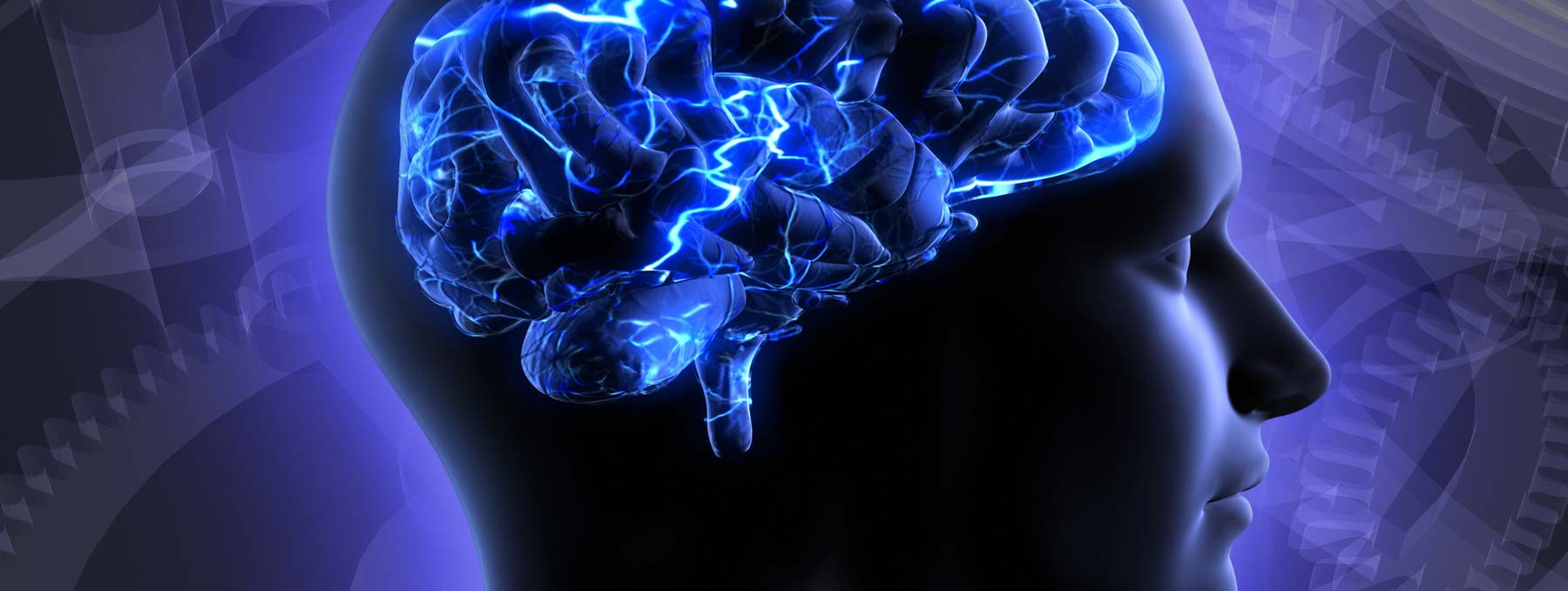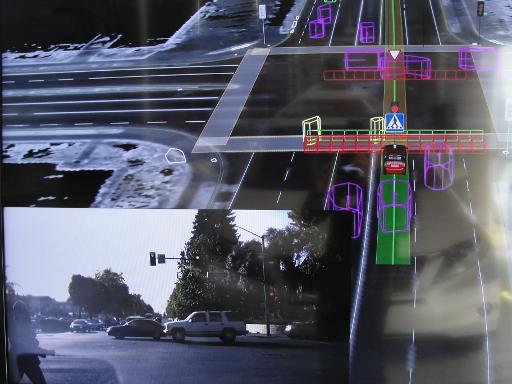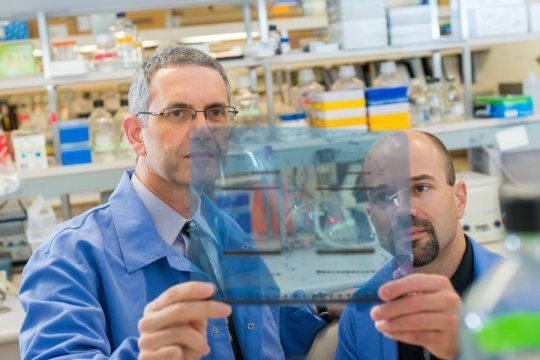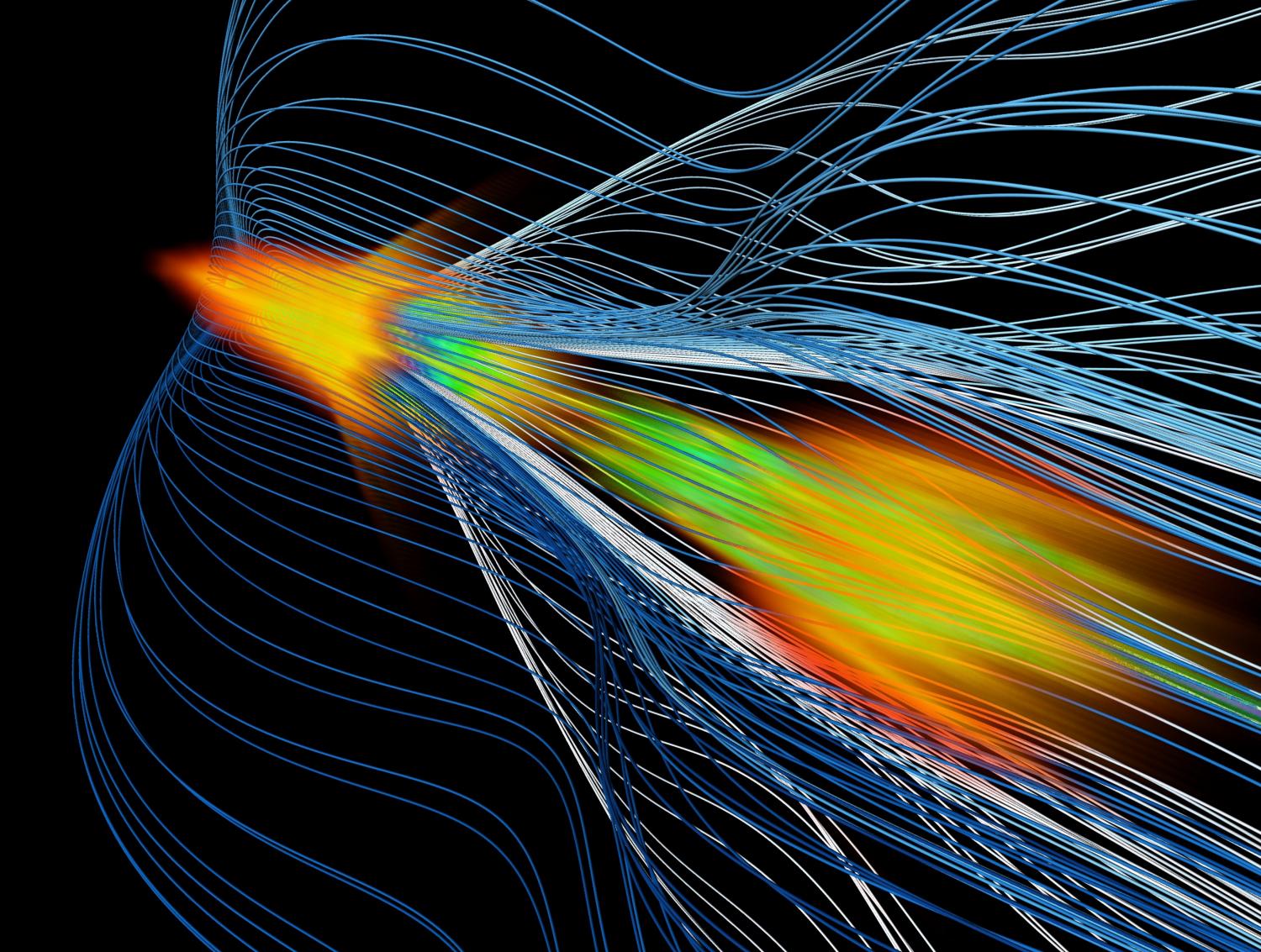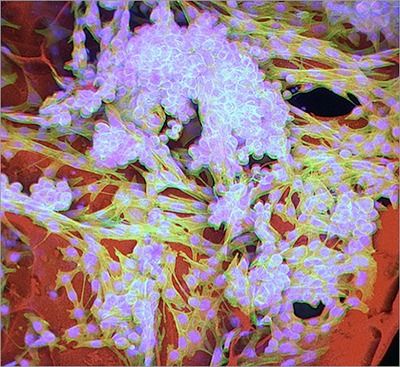Aug 28, 2015
Gene That Controls the Internal Clock Discovered
Posted by Shailesh Prasad in category: health
The circadian rhythm is a subject of many studies, yet it remains a mystery in many ways. While scientists have identified many of the cell proteins involved in circadian rhythm and several genes that contribute to a healthy rhythm, the ‘master clock’ gene remained elusive. However, a recent chronobiology study on rats indicates that the Zfhx3, or Zinc Finger Homeobox 3, gene may be the master gene that dictates this important biological rhythm.
